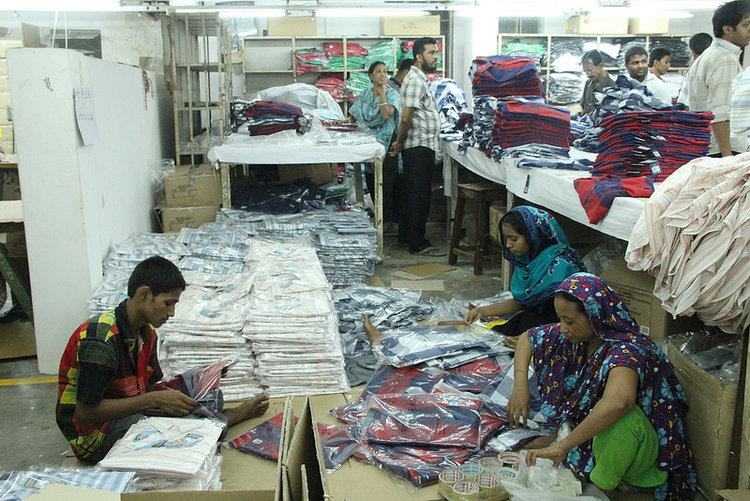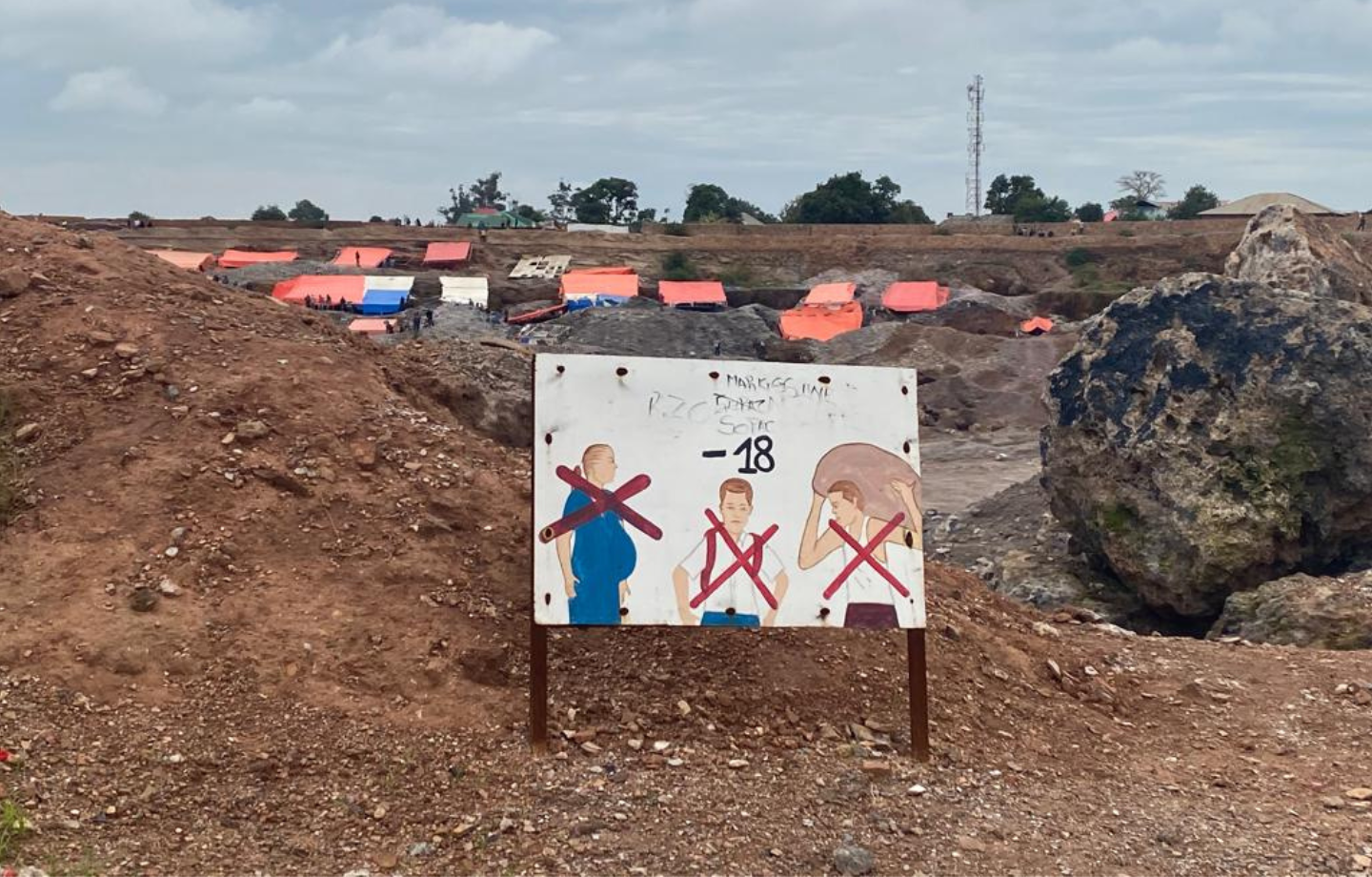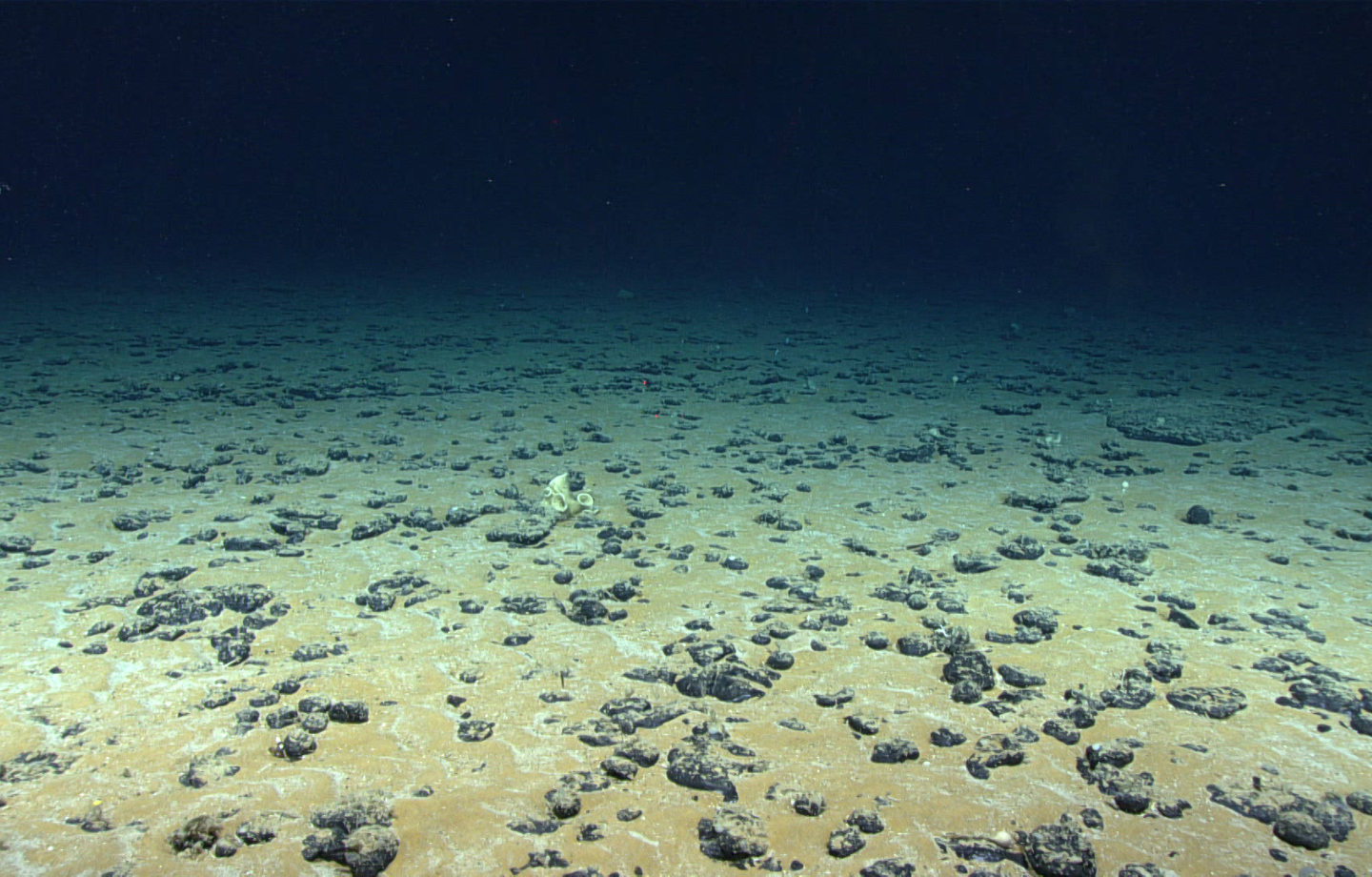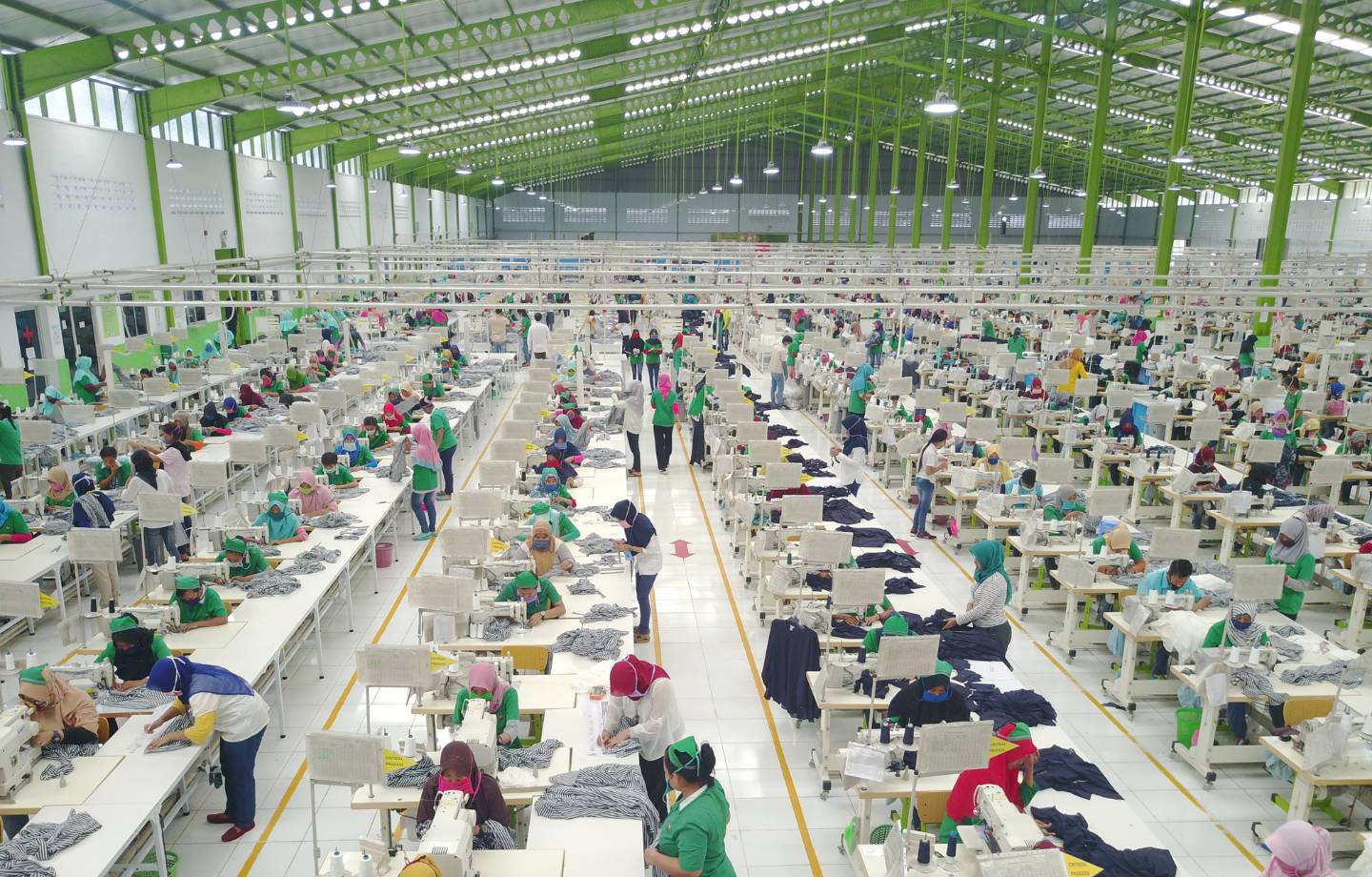NYU Stern Center for Business and Human Rights letter to BGMEA, C&A Foundation and BRAC CED on the importance of mapping the universe of factories in Bangladesh

August 28, 2017
TO:
Bangladesh Garment Manufacturers and Export Association
C&A Foundation
Center for Entrepreneurship Development, BRAC University
August 9, 2017
Dear Colleagues:
We read with great interest your recent announcement about your new effort to update and build on factory mapping efforts in Bangladesh. We are very appreciative of your continued work in this area and stand ready to be helpful to you in whatever ways we can.
We have recently become aware of your research brief which describes the findings from the first phase of your project. We compared your study with ours and it is encouraging to us that the findings of your extensive research so closely parallel the work we did on this subject in 2014-15 (for a detailed comparison of the two studies please see the annex below). While we estimated that there are just over 7’000 garment facilities producing for export, your follow-up study estimates that number to be approximately 8’000 facilities. These numbers are significantly larger than the estimates of most stakeholders inside and outside of Bangladesh. Your field study revealed that about one third of the facilities are working as subcontractors. This confirms our finding that subcontracting is a characteristic feature of the industry in Bangladesh and future mapping efforts need to reflect this reality. We hope and assume you will agree that this characteristic feature of the industry in Bangladesh means that any future mapping efforts need to include these factories, as you and we have done in our respective studies.
As you move into the second phase of your factory mapping we assume that you will use our two independent studies as an essential reference point. By identifying the factories that you or we identified in our combined database, you can (1) assess how many of the facilities on these lists are still active and then (2) conduct added research to identify new or previously undiscovered facilities that did not appear on either of our lists. To do so, we hope and assume that the field surveys that each of us both conducted is will again serve as a model for the research design for your follow-up project. We would be happy to share with you the data our field research teams collected in the Tongi and Rampura districts.
Going forward in scaling the project we saw that you also propose using crowd-sourced information from the public to ensure that information stays current and correct. In an environment in which unregistered factories have no incentive to move into the limelight we think that it is important that you use this crowd-sourcing information as a supplement not as an alternative to the kind of field research and data base analysis that you and we have relied on in our previous studies.
We welcome your additional work in this area. It is highly relevant to assess the true size of the RMG industry in Bangladesh and it will help us and others to know (1) how many facilities produce garments in Bangladesh, (2) where they are located and (3) whether they are part of a monitoring scheme. From this information it will be possible to assess what their upgrading needs are in terms of factory safety, and to determine priority areas for remediation. An industry assessment of this kind is also key to estimating the cost of upgrading the sector in Bangladesh, a necessary step in generating greater international attention and financial support to support these efforts. As you know we are continuing to urge a shared responsibility model in which international brands and retailers, foreign governments, and international financial institutions, charitable foundations as well as local manufacturers would each contribute to these efforts. Once the cost of upgrading are known and funds have been raised, they can and should be directed to target the facilities where human rights risks are greatest.
Moreover, digitally mapping all garment producing facilities in Bangladesh and creating a searchable database for buyers could set a precedent for the level of transparency that is be possible in global garment supply chains. Bangladesh could become the model for supply chain transparency that other countries could emulate. We share the interests of BGMEA and BRAC in strengthening the RMG industry and furthering Bangladesh’s economic development. An exemplary mapping of the industry would create further incentives for global brands and retailers to continue sourcing from Bangladesh.
The study you propose is a timely and welcome step – and an ambitious project that needs to be done. We are encouraged by your initiative to undertake this work and are eager to be supportive in whatever ways we can. If we can be helpful to you in reviewing the design of the study or in discussing its execution, please feel free to reach out.
We look forward to hearing from you.
Best regards,
Dorothee and Mike
 Global Labor
Global Labor


